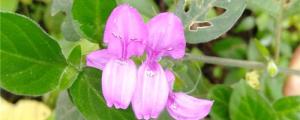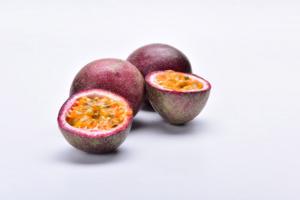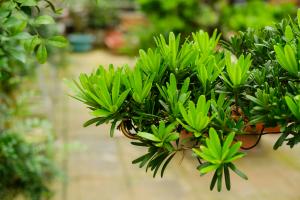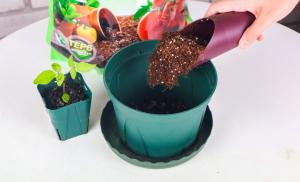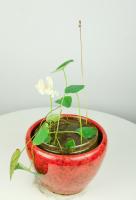How many and big chrysanthemums bloom depends on three unique skills
The chrysanthemum cultivation method I showed today is "single chrysanthemum". Spare excess flower buds and side branches, and only one flower bud is reserved for each branch
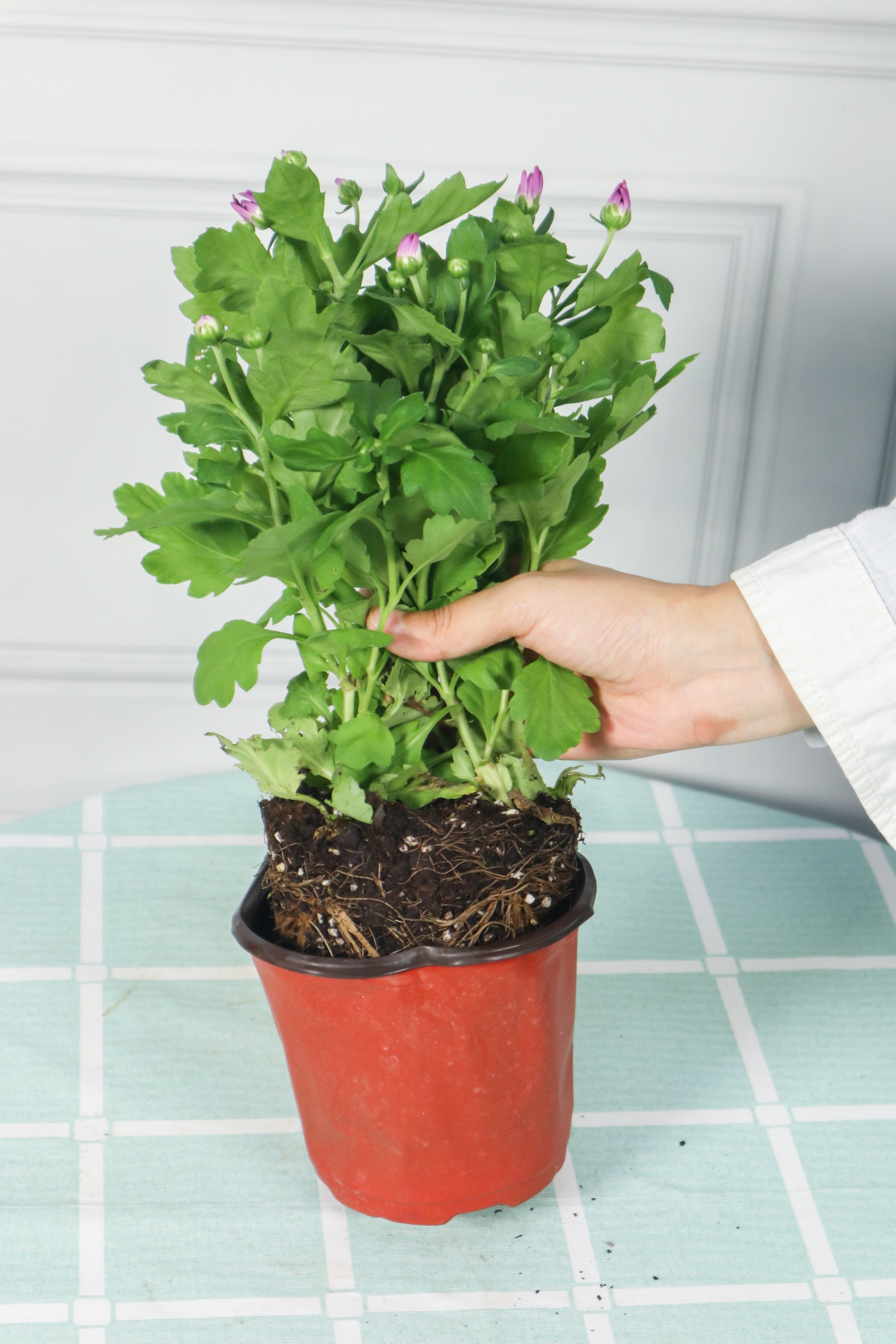
1. Sparse bud
People who have planted chrysanthemums know that a branch of chrysanthemum will grow many flower buds. If it is allowed to bloom, there will be "small flowers" and "beautiful flowers"
Then we need to pick it until there is only one. Generally, the flower bud at the top is the fullest. We can keep the top flower bud and remove other flower buds on this branch
Keep two flower buds first. After half a month of growth, keep which one grows well. This can avoid a situation in which the flower buds wither unexpectedly without looking at the flowers
In this way, nutrition is concentrated on one flower, and large flowers can be opened
Be careful when removing the bud. Don't break the bud
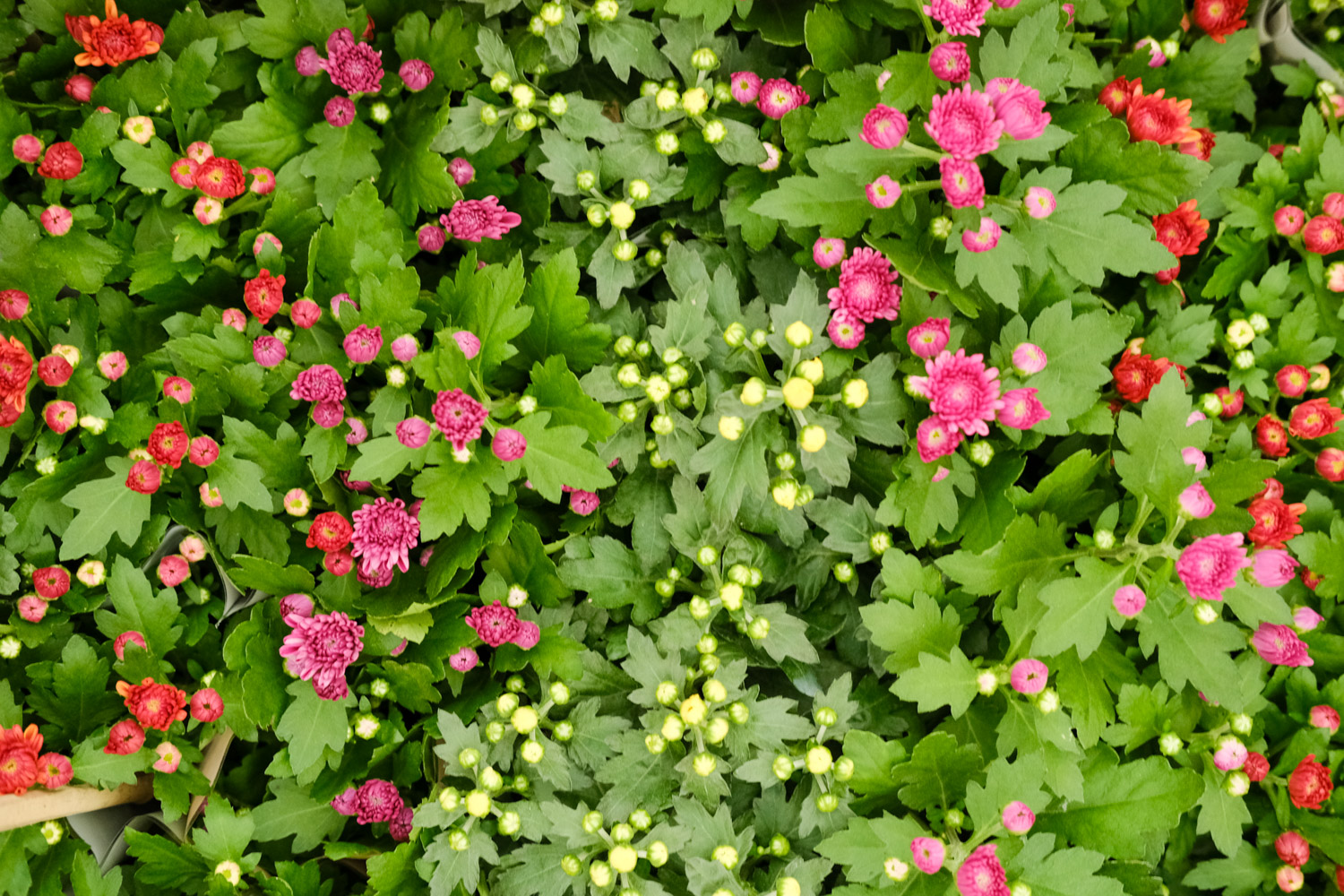
▲ before bud thinning
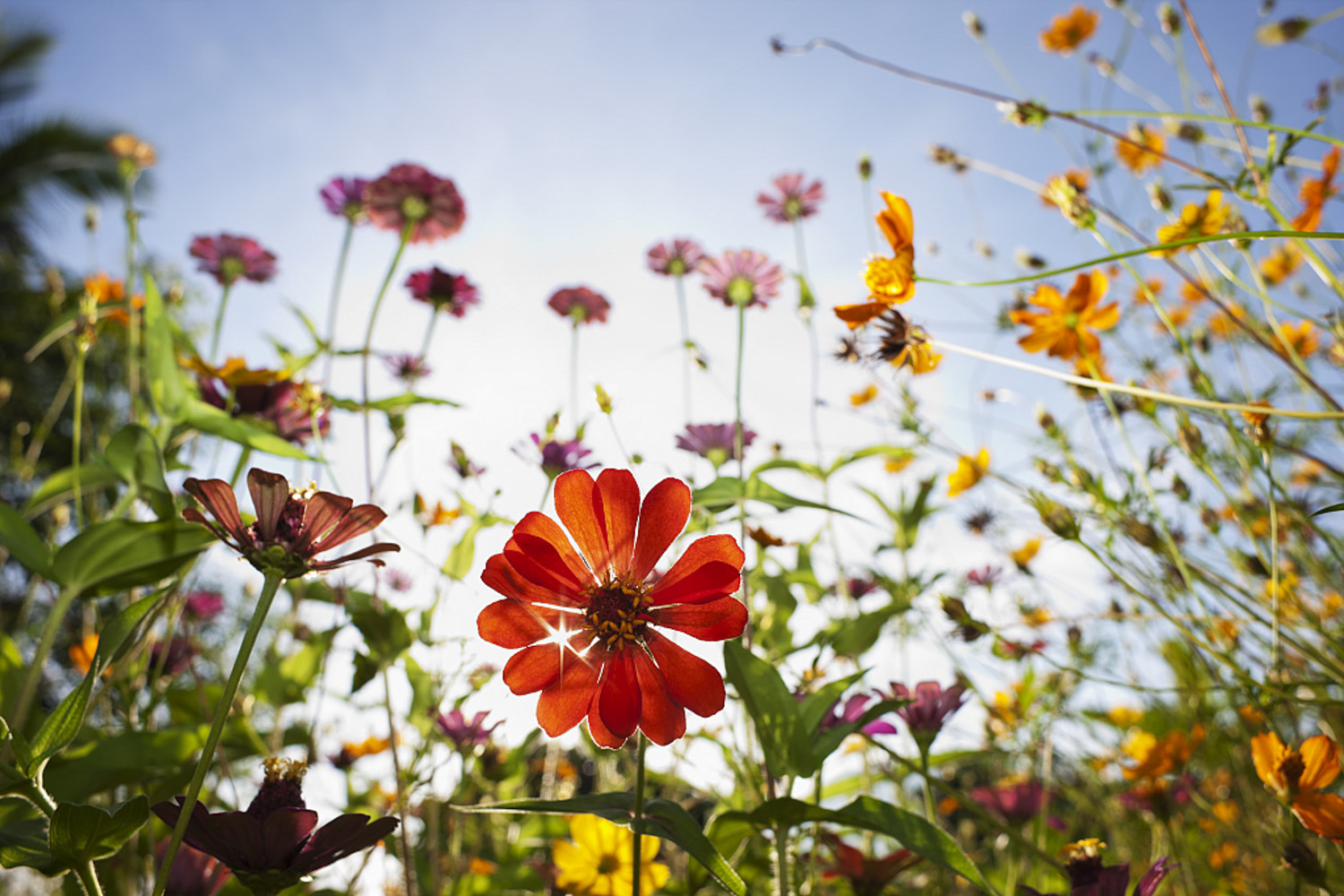
▲ after bud thinning
2. Prune too many branches
What do you mean too many branches? It is the branch that is not related to the cultivation of single chrysanthemum. What we need is a strong, disease-free thick branch, not a thin and weak branch
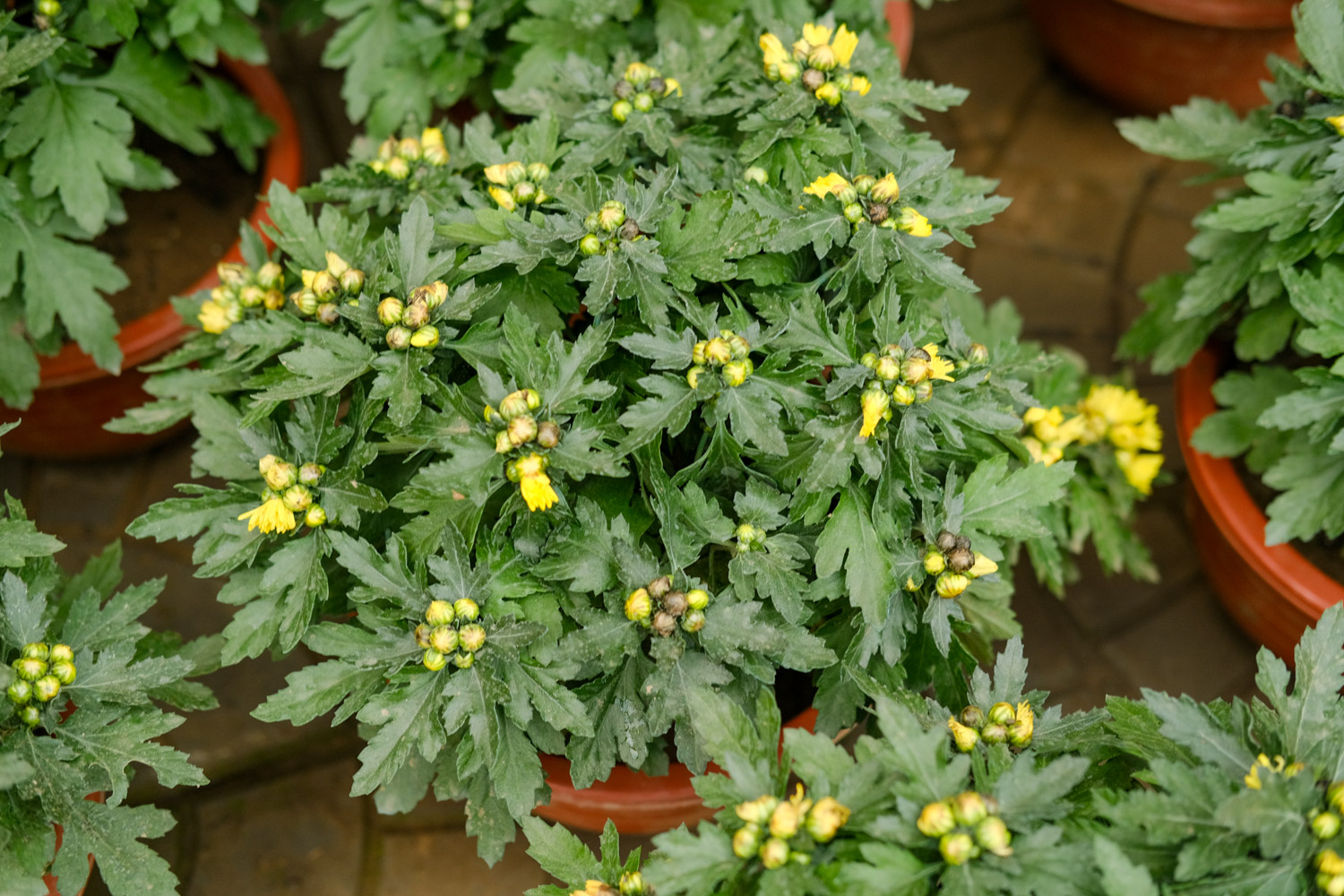
I have a simple method. It is suggested to keep 6-8 branches in a 15-20cm flowerpot, select strong, disease-free thick branches in the flowerpot, and cut off the rest
For each thick branch retained, the side branches growing on it should also be removed. The reason for this is very simple, that is, to concentrate the supply of nutrition
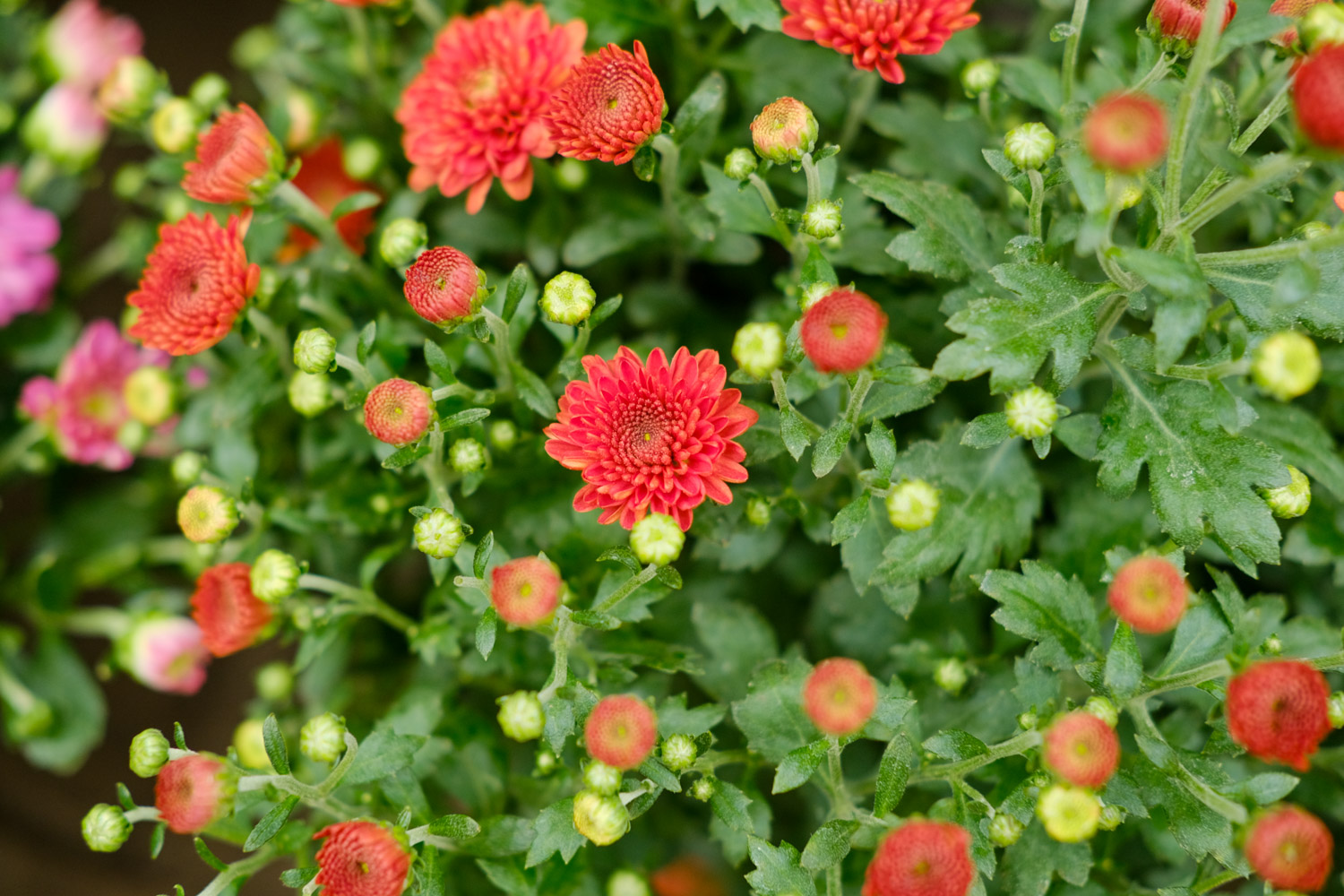
▲ pruned branches
3. Water and fertilizer management
Thinning buds and pruning branches are not enough, but also need to be combined with the management of water and fertilizer
Just after pruning the branches, it is necessary to "deduct water and fertilizer", control watering and stop fertilization. In this way, the growth of the aboveground part can be controlled, which is conducive to the development of the underground part, and sufficient nutrients can be prepared for the future bud pregnancy
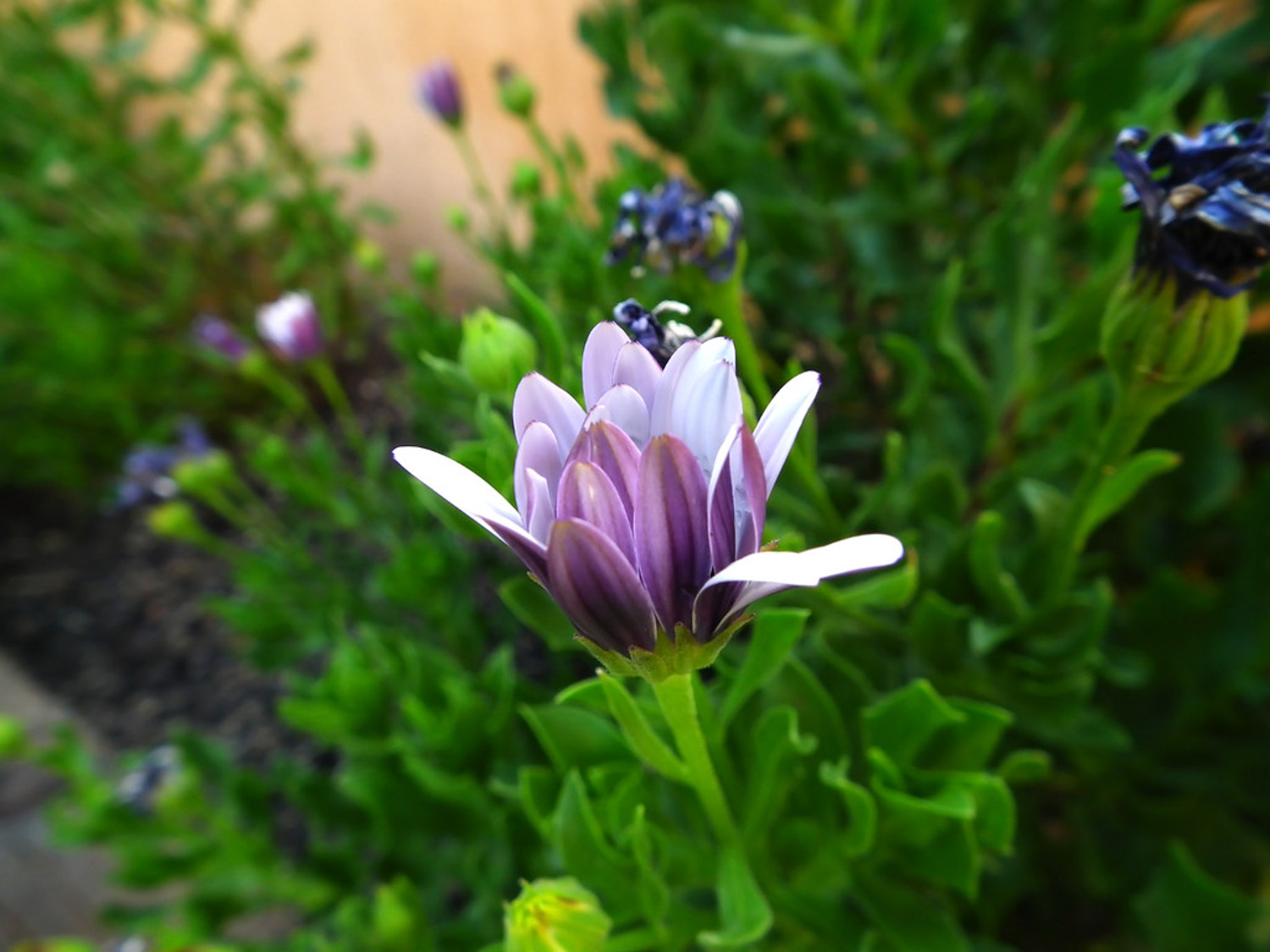
Specifically, after pruning the branches, watering can only be carried out when the leaves are withered this month, and fertilization should be stopped
After the flower buds appear, they can be watered once every three days, irrigated with urea once a week, and sprayed with potassium dihydrogen phosphate once a half month
Until the flower buds open, stop fertilization, and change the watering time to once every 2 days
Now let's take a group of comparison pictures. The above is the artificially managed single chrysanthemum, and the below is the state of natural growth
After mastering these three steps, it is not difficult to raise meaningful and beautiful chrysanthemums
Spring is the time of cutting, cutting skillfully to get perfect seedlings
What is a perfect seedling? In my opinion, it is the "foot bud" growing from the base of the seedling. This foot bud is the best growing and the most standard flowering! If we can pay attention to the cultivation of seedlings, we can get more colorful chrysanthemums
1. First, cut the branches without diseases and insect pests into 5cm sections and keep 2-3 leaves
2. Obliquely inserted into ordinary nutrient soil. Place in a cool place and water as appropriate
3. About a month later, a thick bud will appear at the bottom of the branch, which is the "foot bud" we want
4. In ten days, it will take root. After rooting, it can be transplanted into the flower pot for colonization. After planting, the foot buds will grow into branches, and flower buds will begin to form in autumn and winter. At this time, you can start "thinning buds", "pruning branches" and "deducting water and fertilizer"
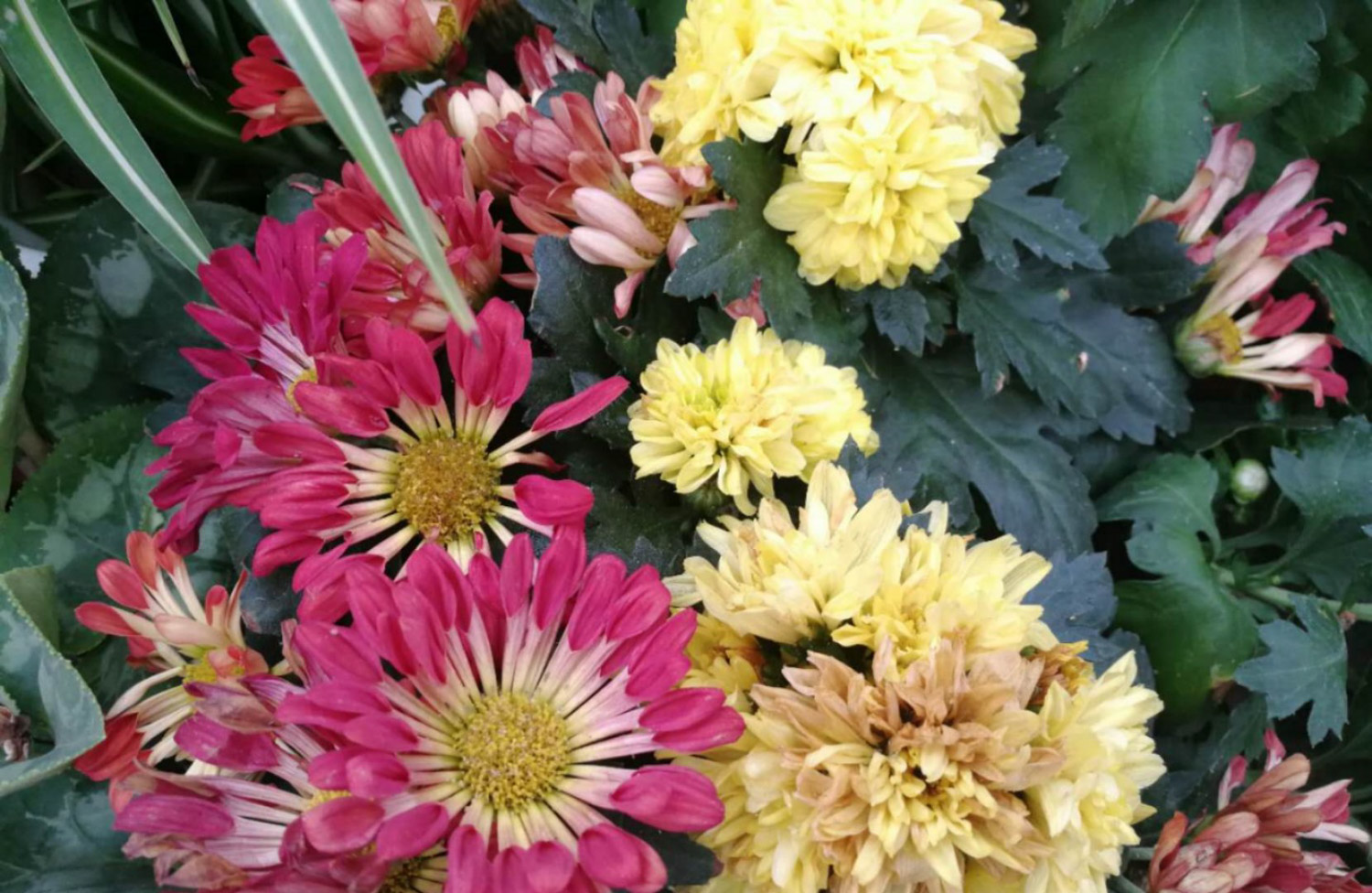
That's all for today
You flower friends, why don't you take advantage of spring
Give it a try

 how many times do yo...
how many times do yo... how many planted tre...
how many planted tre... how many pine trees ...
how many pine trees ... how many pecan trees...
how many pecan trees... how many plants comp...
how many plants comp... how many plants can ...
how many plants can ... how many plants and ...
how many plants and ... how many pepper plan...
how many pepper plan...